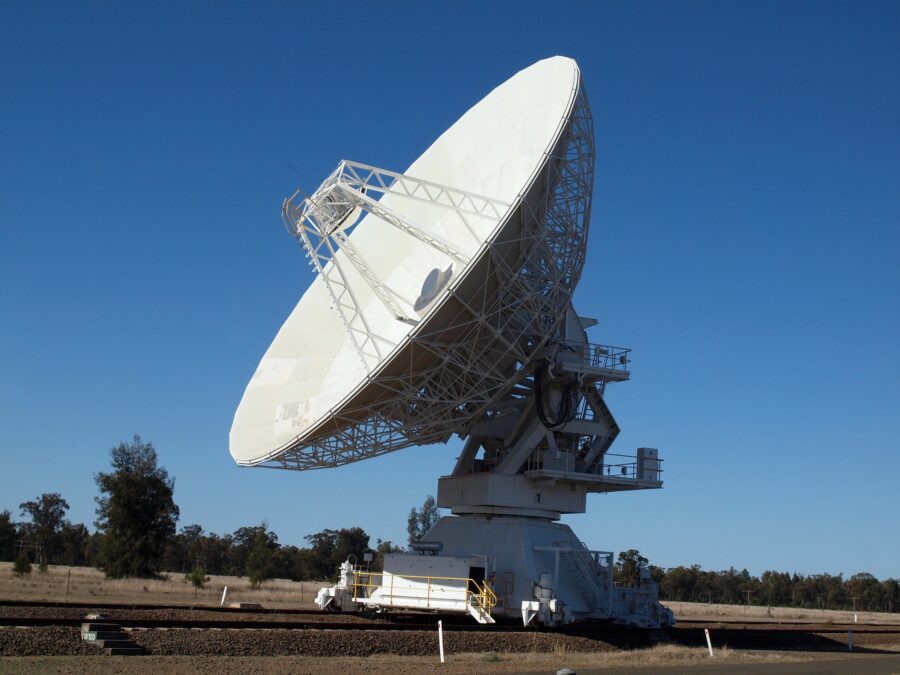Radio Signals From Space Lead Scientists To An Earth-Size Planet
Radio signals from space led to YZ Ceti b, an Earth-size planet with a functioning magnetic field.

Scientists have been working towards receiving radio signals from deep space for decades, and while a few have been picked up, the latest transmission is being hailed as the most impressive yet. CNN reports that researchers using the Karl G. Jansky Very Large Array in New Mexico were able to use the radio signals to locate the source, an Earth-size planet dubbed YZ Ceti b. While the radio transmission may not have been sent by intelligent life, it’s still evidence of a developed planet capable of sustaining life.
Instead of broadcasting inter-galactic versions of morning radio shows like Baggin’ It With Balnor, the signal traveling through space is naturally generated. YZ Ceti b has a magnetic field, just as Earth does, so our planet can sustain life without being incinerated by solar plasma and superheated dust from the sun. If there’s a magnetic field, there’s an atmosphere; if there’s an atmosphere, the building blocks for supporting life are in place.
Other planets in our solar system, such as Mars, do not have a magnetic field despite appearing to meet the same criteria as Earth. Finding a planet with an atmosphere is incredibly rare, leading to researchers trying to find starless planets or dark matter planets since even those are just as likely to exist as a planet with a magnetic field. Radio signals from space can come from countless sources, ranging from dying stars to black hole interference, making the odds of a strong signal coming from an Earth-like planet roughly equivalent to winning Powerball.

Magnetic fields detected in the past commonly came from large exo-planets, roughly the size of Jupiter, as the smaller the planet, the harder it is to detect the field. Researchers changed what they were looking for, so instead of looking for planets distant from their suns, the team looked for planets too close to sustain life. YZ Ceti b is so close to its sun that a full orbit takes 48 hours; why is that a good thing if the planet can’t sustain life?
If a planet is closer to the sun, the amount of dust, debris, and solar plasma striking it increases, allowing researchers to see the blowback as evidence of a magnetic field. Friction caused by the cast-off from the sun results in bright radio waves, strong enough that the team was capable of measuring the strength of the magnetic field. As a result of this new technique and the information available from analyzing the radio signals, astronomers are now starting to study exosolar space weather, that is, the weather conditions in space around a star.
Exosolar space weather is noticeable on Earth in phenomena like the Northern Lights. While a better understanding of weather is a side effect of receiving the radio signals, the research team is mostly excited as YZ Ceti b is the strongest signal source detected to date. The goal is to use this information to find other exoplanets lurking in deep space with their own atmospheres, and hopefully, the capability to support life.












